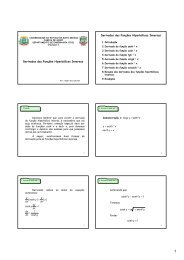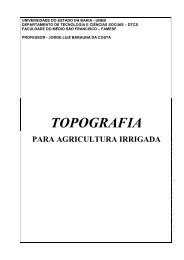Anuário Brasileiro do Arroz 2011 - Unemat
Anuário Brasileiro do Arroz 2011 - Unemat
Anuário Brasileiro do Arroz 2011 - Unemat
Create successful ePaper yourself
Turn your PDF publications into a flip-book with our unique Google optimized e-Paper software.
80<br />
Air of<br />
novelty<br />
Tests with a robotic falcon<br />
in trial fields are aimed at<br />
improving the rice growing<br />
methods, whilst providing new<br />
alternative for rice growers<br />
Upon being removed from the baggage compartment<br />
of the car, after driving along dusty roads, the bird is<br />
ready to conquer the skies in Cachoeirinha (RS). In the<br />
hands of aeromodelist Pierre Rousseau (on the right),<br />
the power to control the flight. Within the robotic bird,<br />
a battery that allows for a thirty-minute view of the<br />
Rice Experiment Station, run by the Rio Grande <strong>do</strong> Sul<br />
Rice Institute (Irga). The time is enough for the initiative<br />
to raise high hopes for the new technology to<br />
represent even greener and more luxuriant rice fields.<br />
On the field day, held on 3rd March <strong>2011</strong>, Irga presented<br />
the robotic falcon, developed in Italy and projected<br />
in Spain, to a group of technicians and producers.<br />
Its major function consists in scaring away from the ricefields<br />
a bird known as Garibaldi, also called black-bird.<br />
Biologist and falcon specialist Jeferson de Lima (on the<br />
left) explains that, as the bird feeds on green seeds, it<br />
could jeopardize the crop. Furthermore, he stresses that<br />
the environment, a combination of water and seed, attracts<br />
birds, as it is viewed as a wild-bird resting site.<br />
Since 28th February, daily flights from 8 am to 6<br />
pm have been conducted. During this time, the falcon<br />
flew over a 60-km area in different manners. According<br />
to Rousseau and Lima, the strategies changed over the<br />
day, as they were directed in accordance with the presence<br />
of bird flocks. Peter explained that, after a week,<br />
the result began to be perceived. A reduction in the<br />
number of Garibaldi and other birds was significant.<br />
With the trial, a pioneer initiative in Brazilian fields,<br />
it will be possible to establish the cost-benefit relation<br />
of the project, which has led Irga to bet on the novelty.<br />
The results will play a determining factor for the new<br />
practice to be recommended and a<strong>do</strong>pted by most rice<br />
producers. As a matter of fact, they have already shown<br />
very interested in the robotic falcon, comments Lima,<br />
very satisfied with the unfolding of the activity. Within<br />
this context, he comments, in the future, the technique<br />
might join the robot with real birds, that is to say, joining<br />
falcons with birds of prey. In the meantime, our<br />
eyes gaze at the chance to provide the rice growing<br />
sector with a novelty that goes beyond the limits of the<br />
fields.


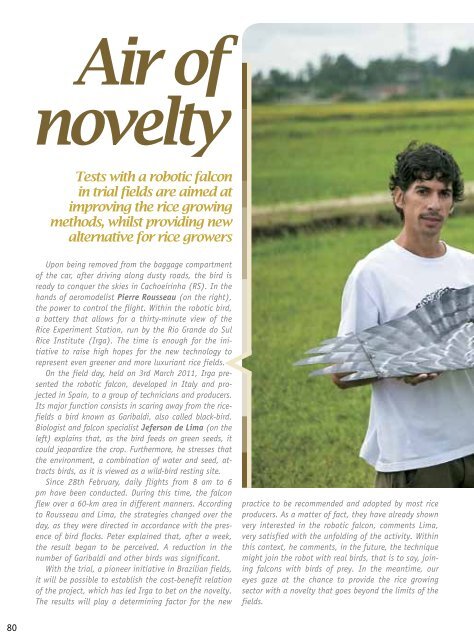
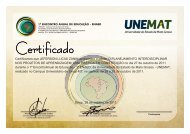
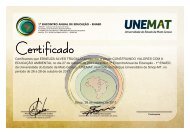
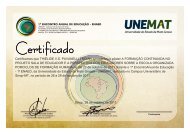
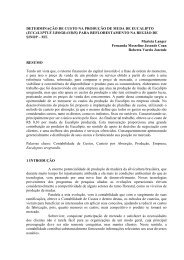
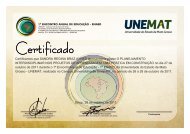
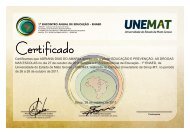
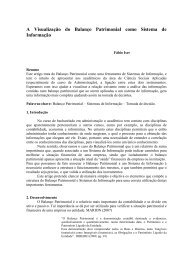
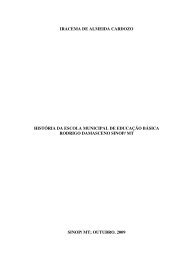

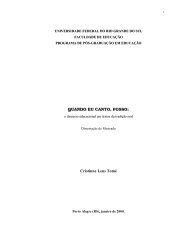
![Aula 31 - Funções Hiperbólicas [Modo de Compatibilidade] - Unemat](https://img.yumpu.com/14334654/1/184x260/aula-31-funcoes-hiperbolicas-modo-de-compatibilidade-unemat.jpg?quality=85)
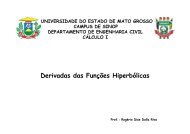
![Aula 31 - Funções Hiperbólicas [Modo de Compatibilidade] - Unemat](https://img.yumpu.com/14332146/1/190x135/aula-31-funcoes-hiperbolicas-modo-de-compatibilidade-unemat.jpg?quality=85)
